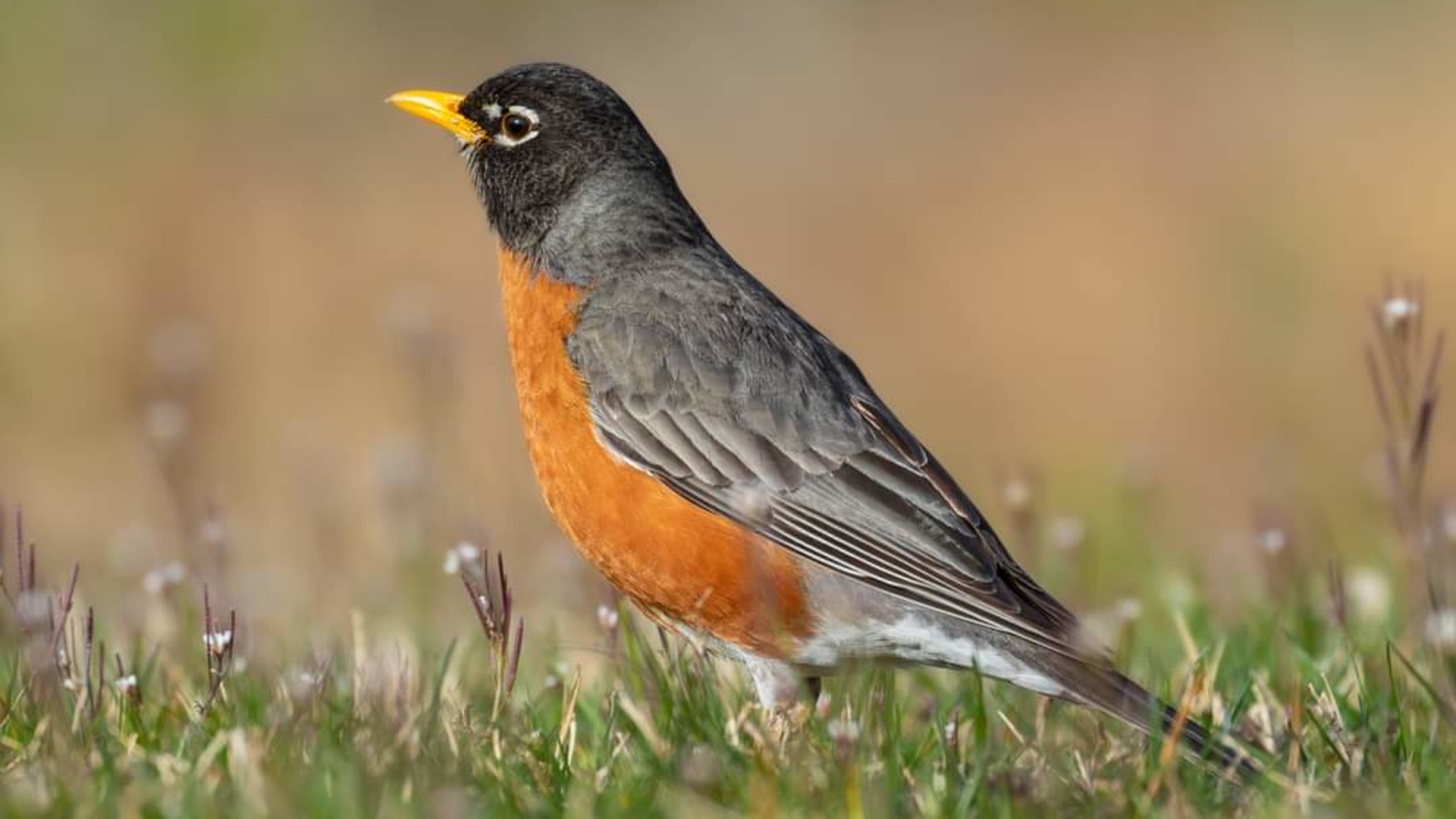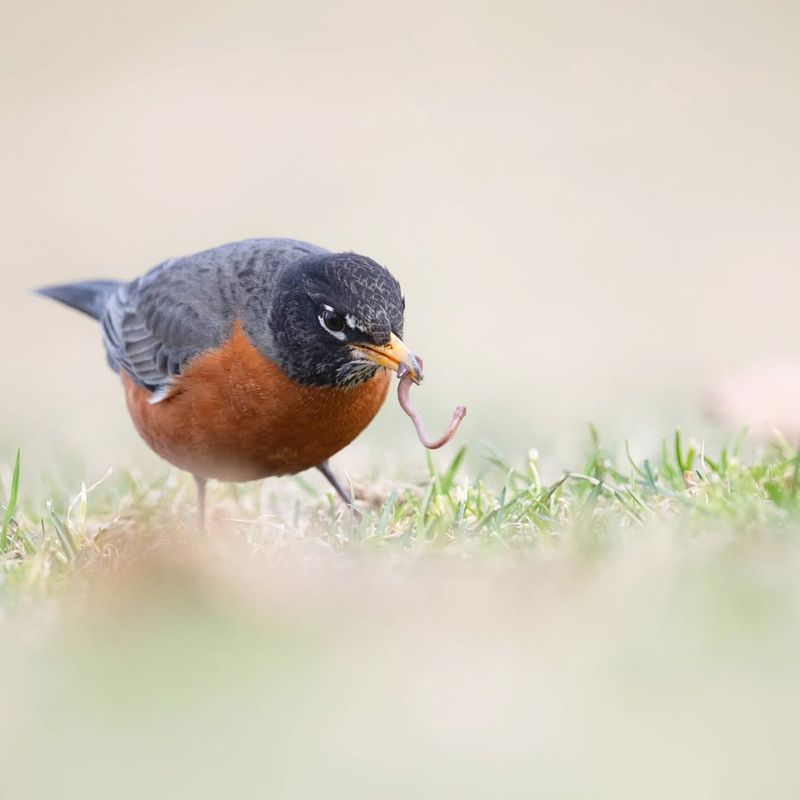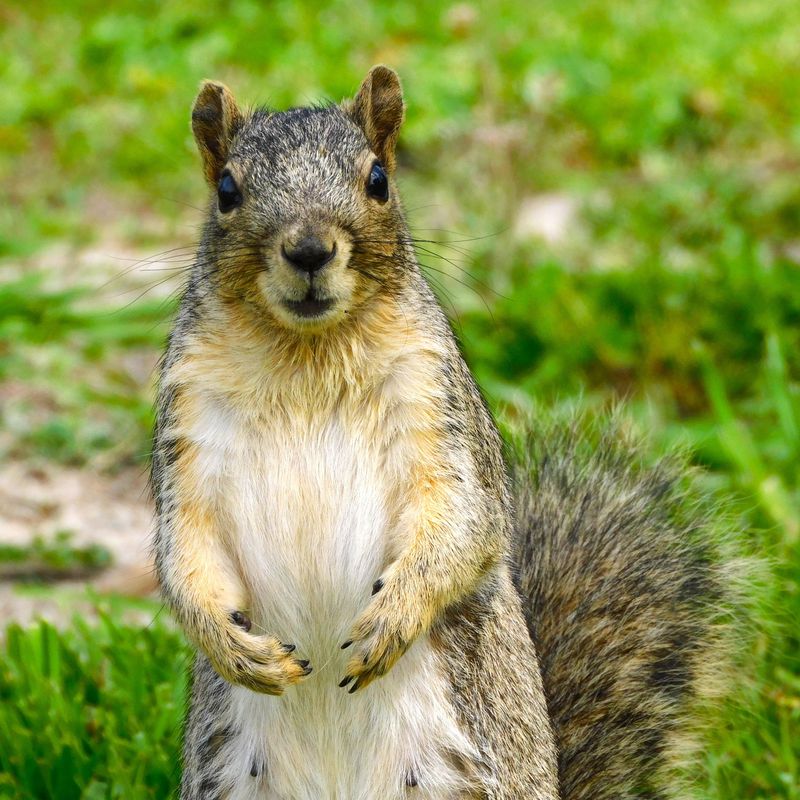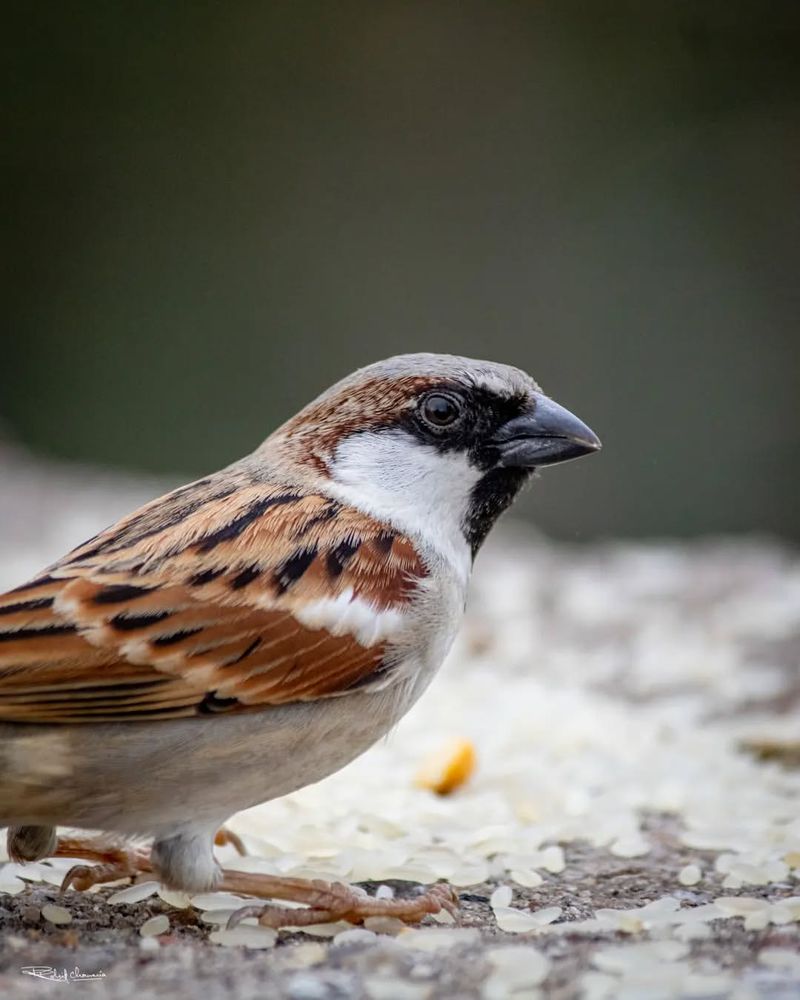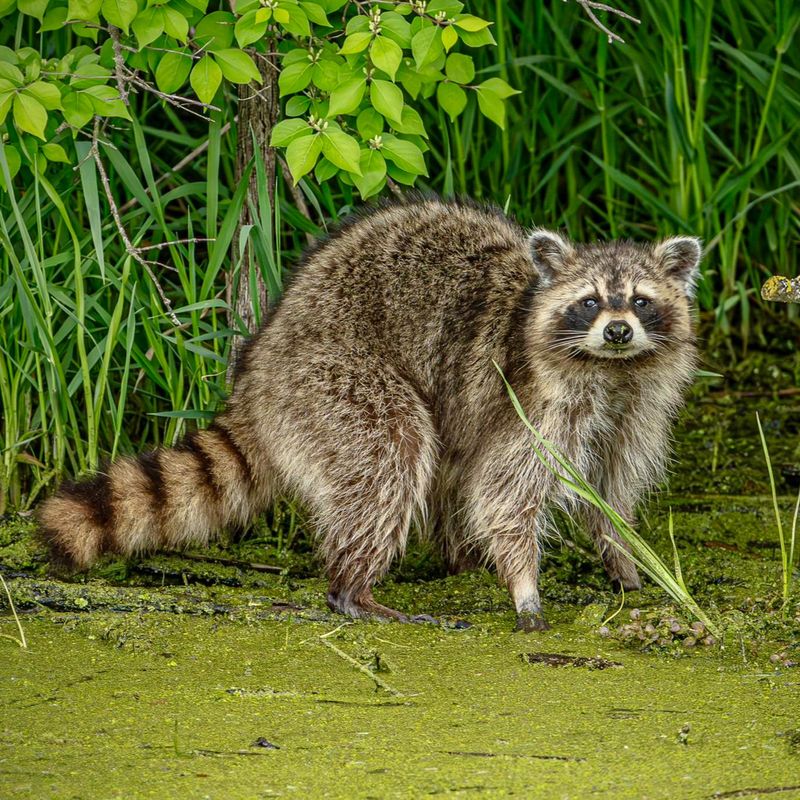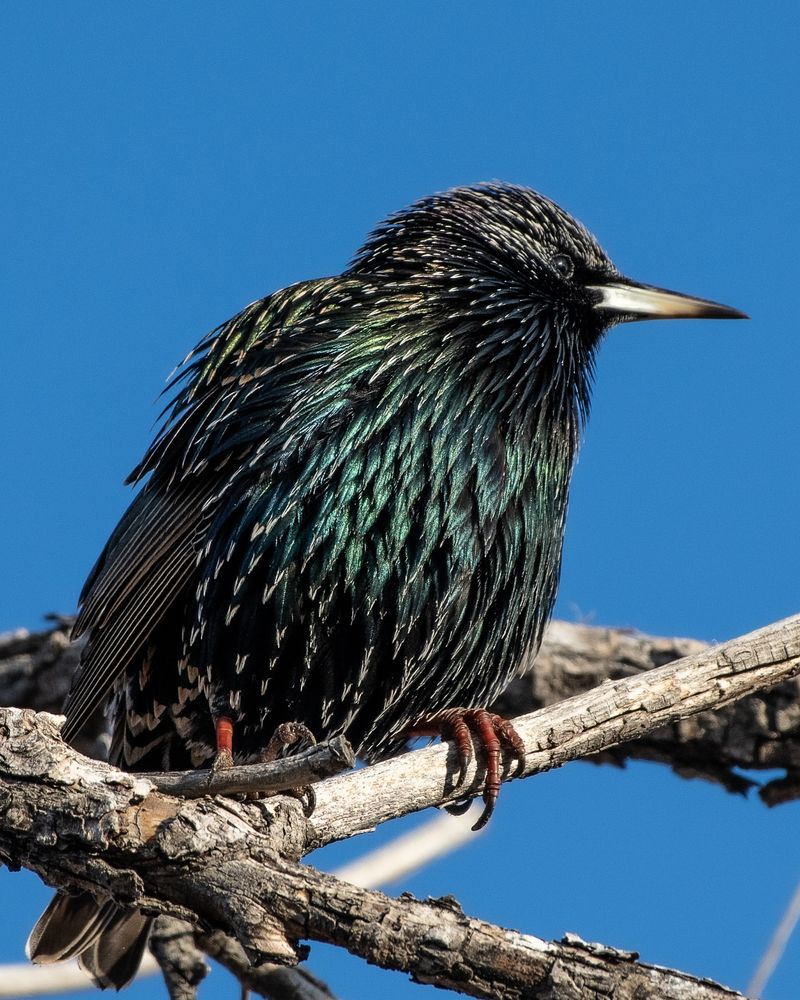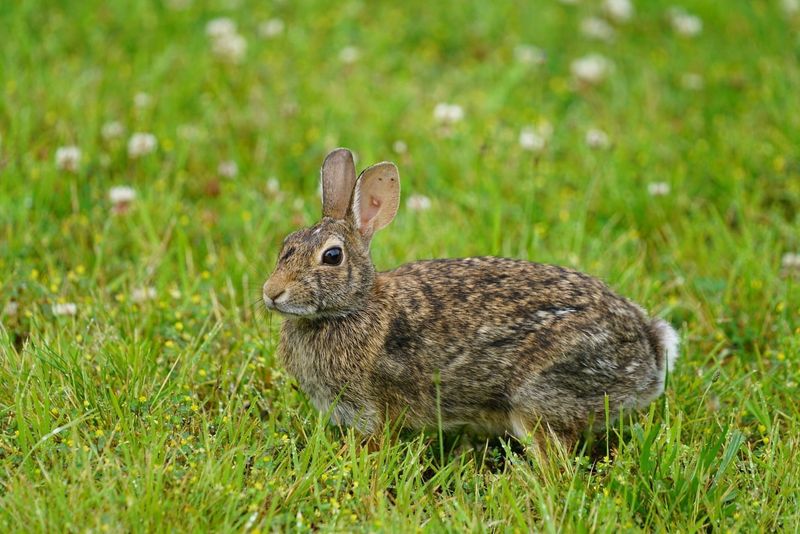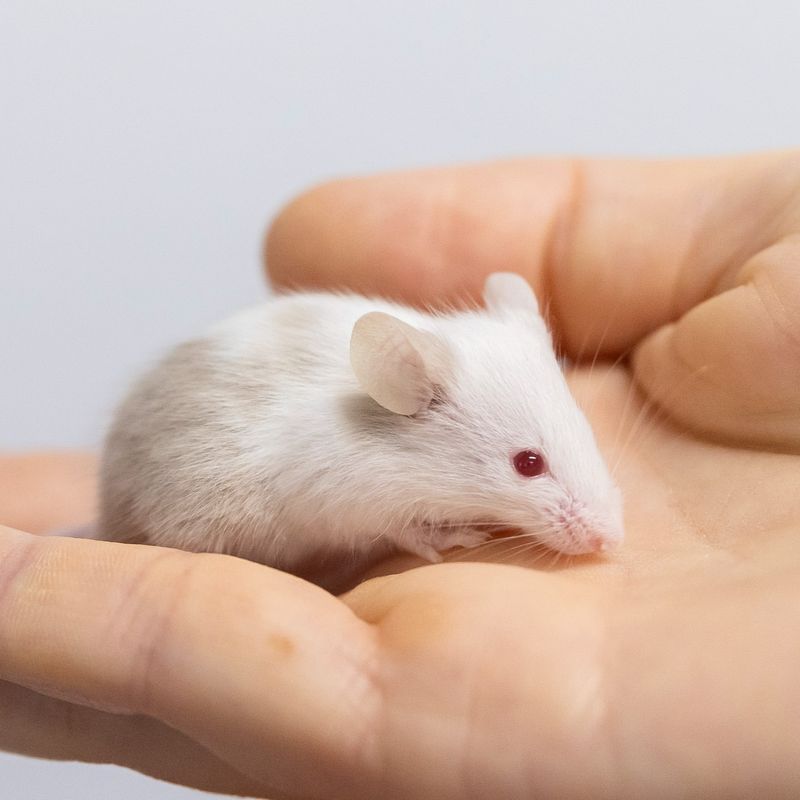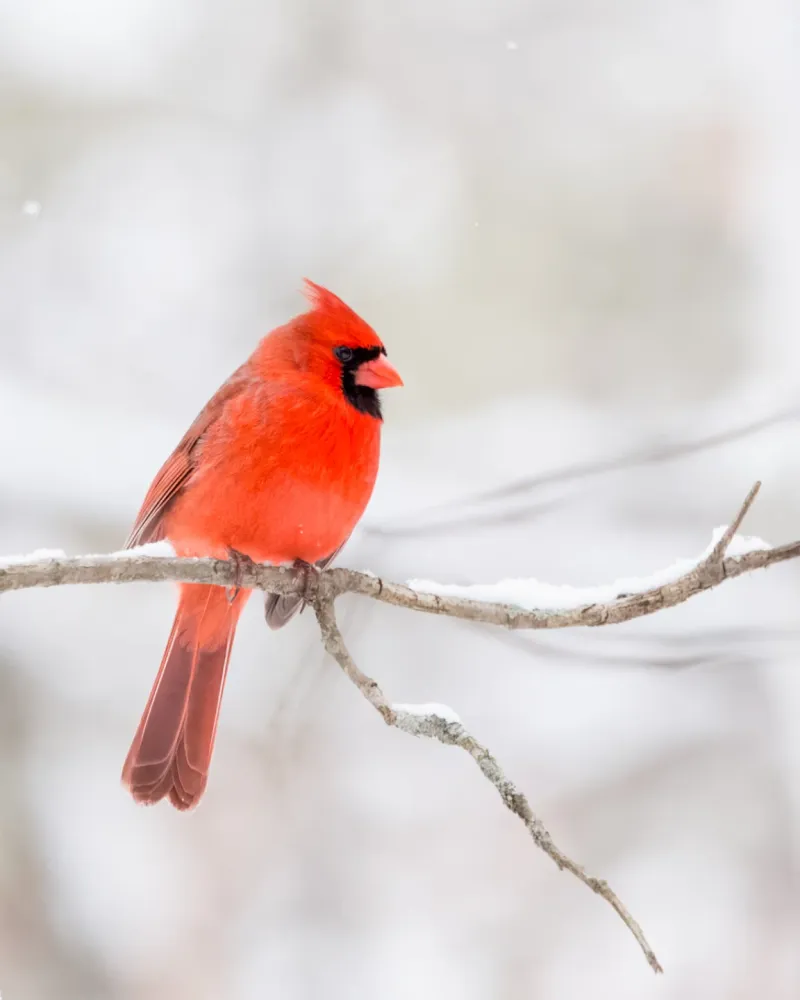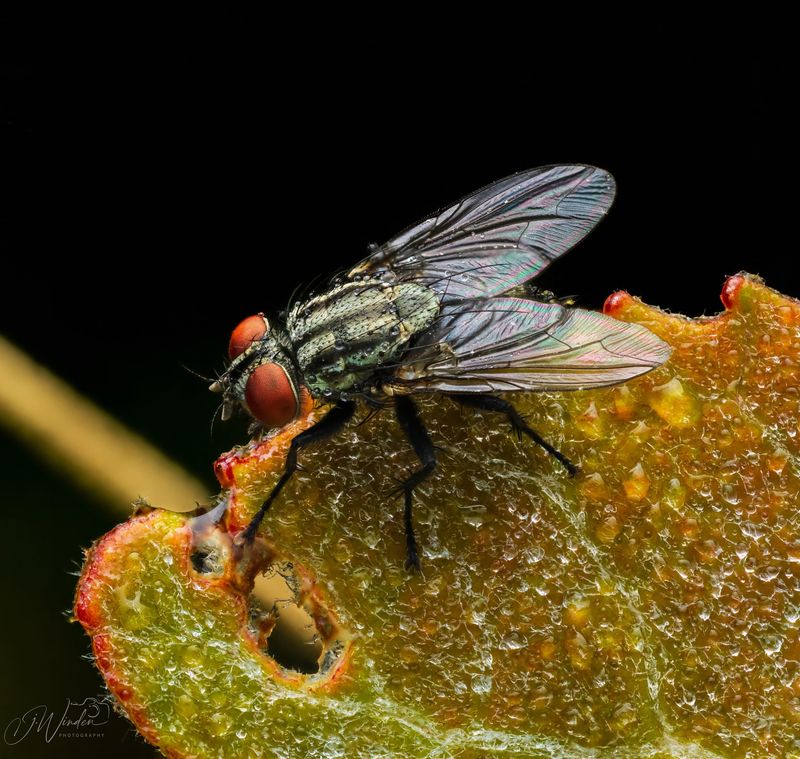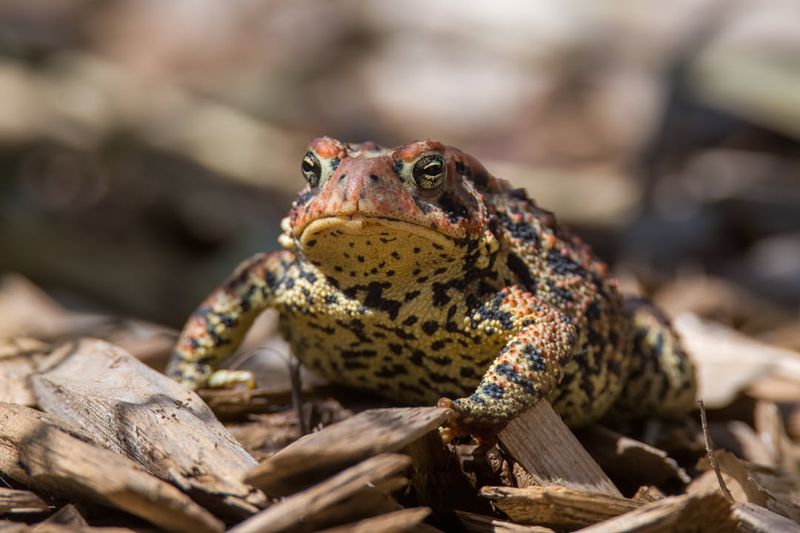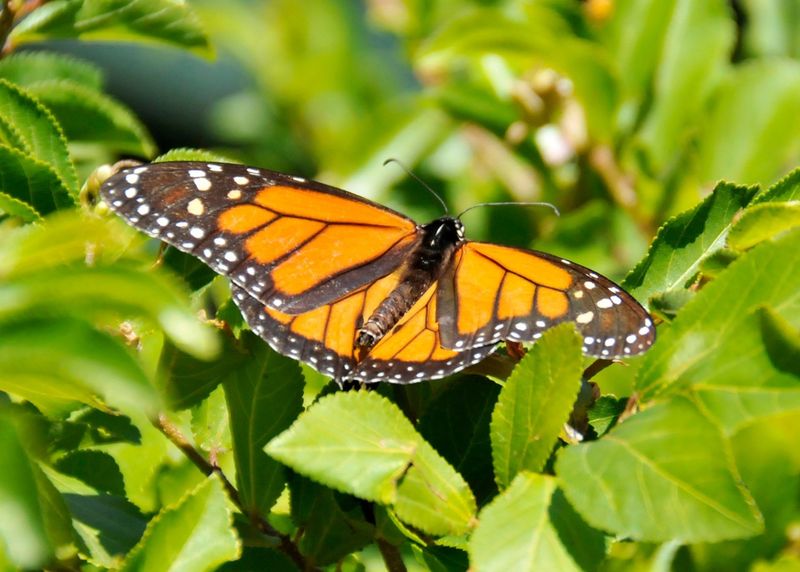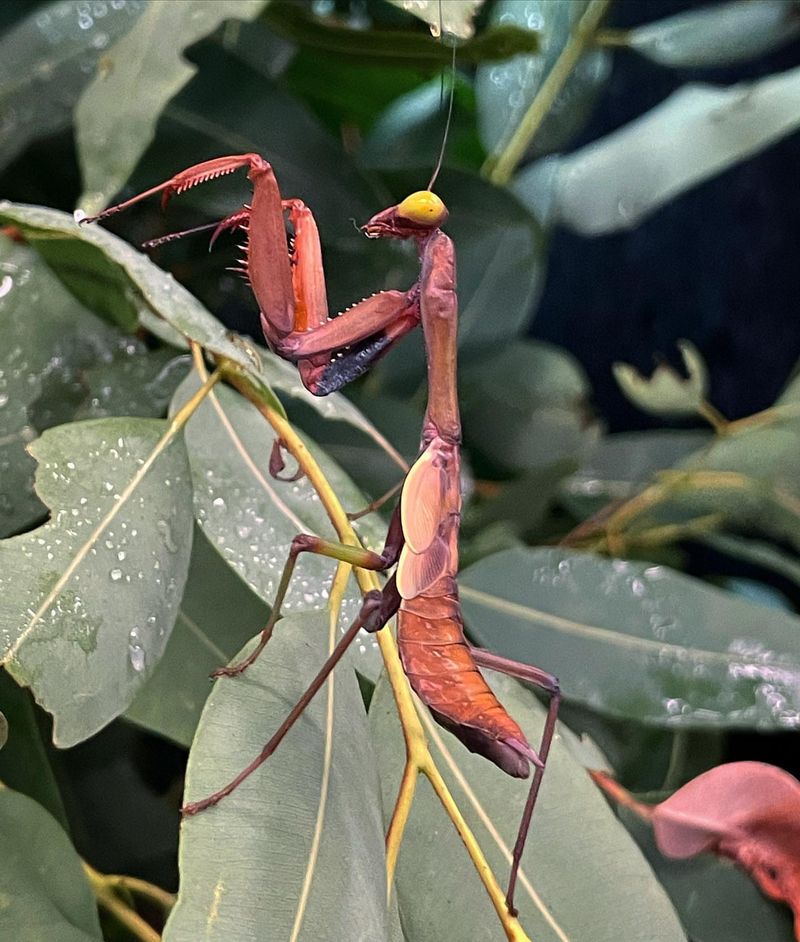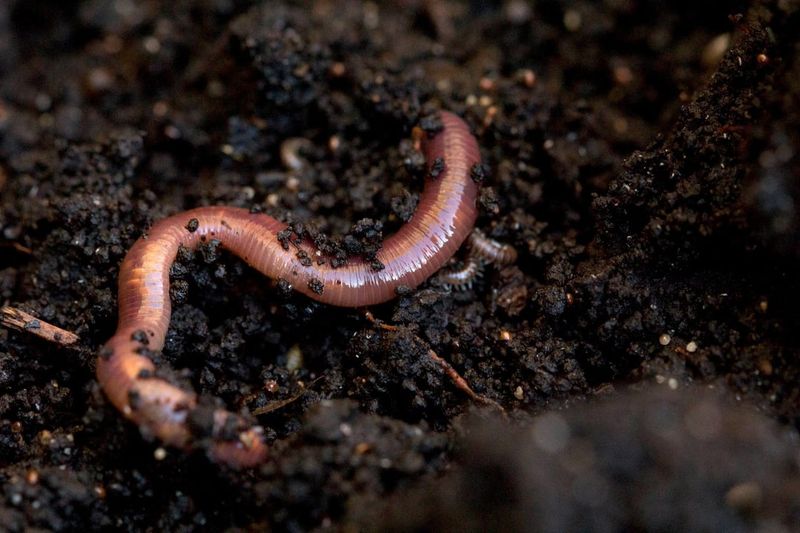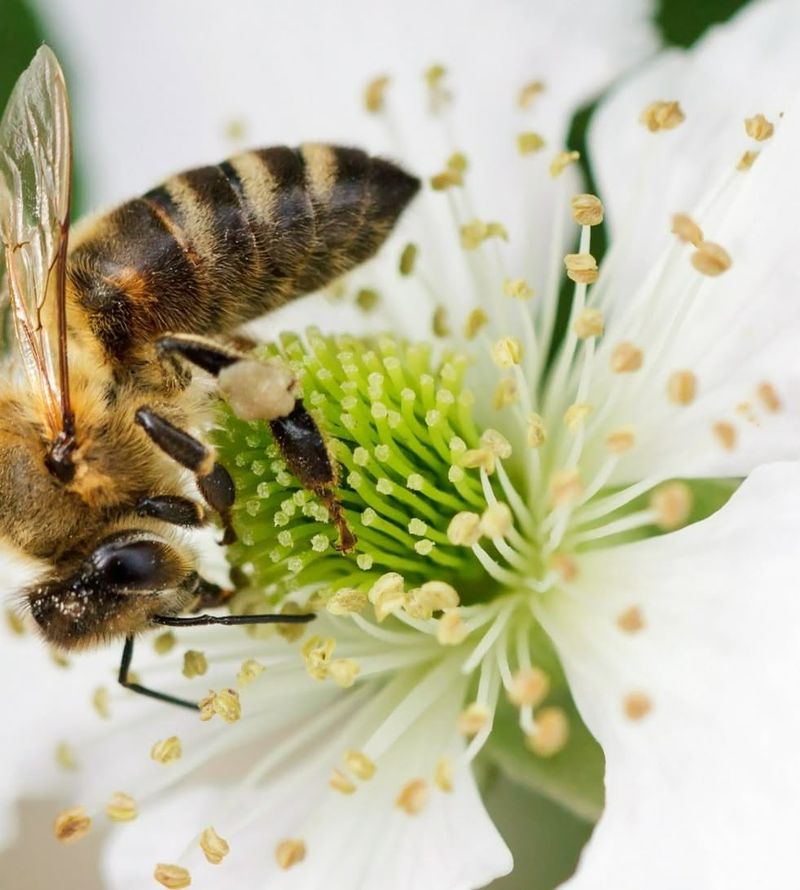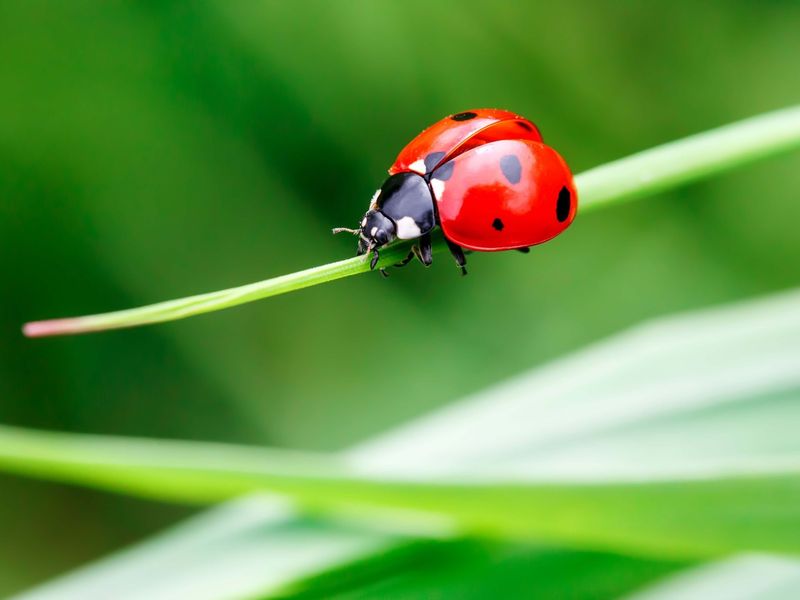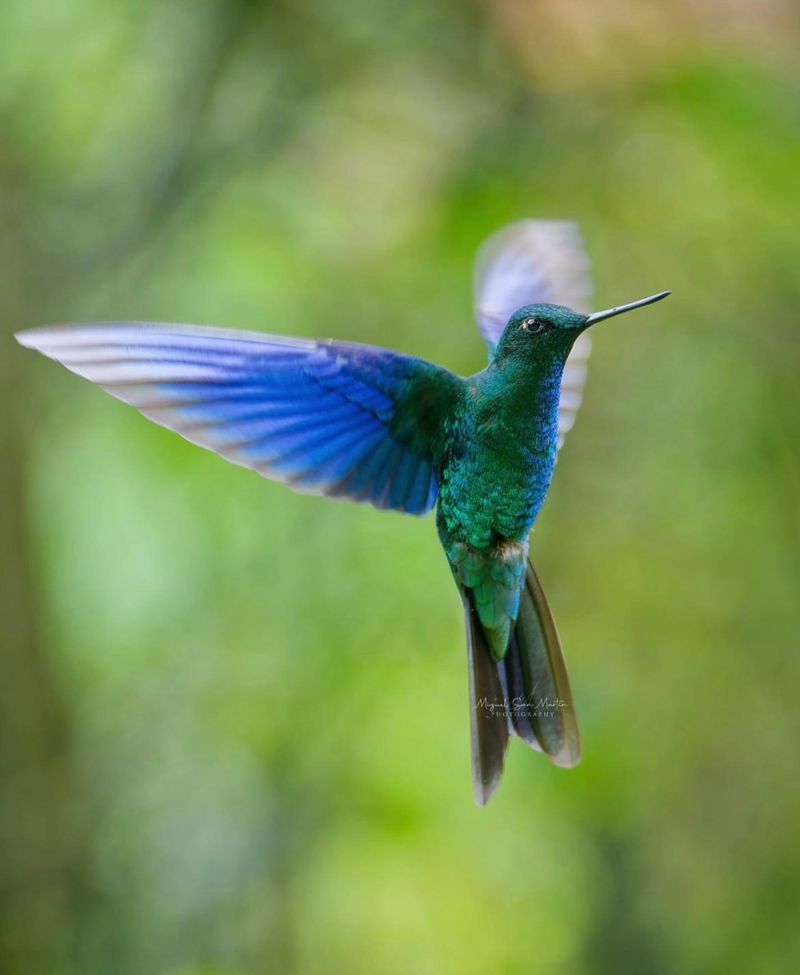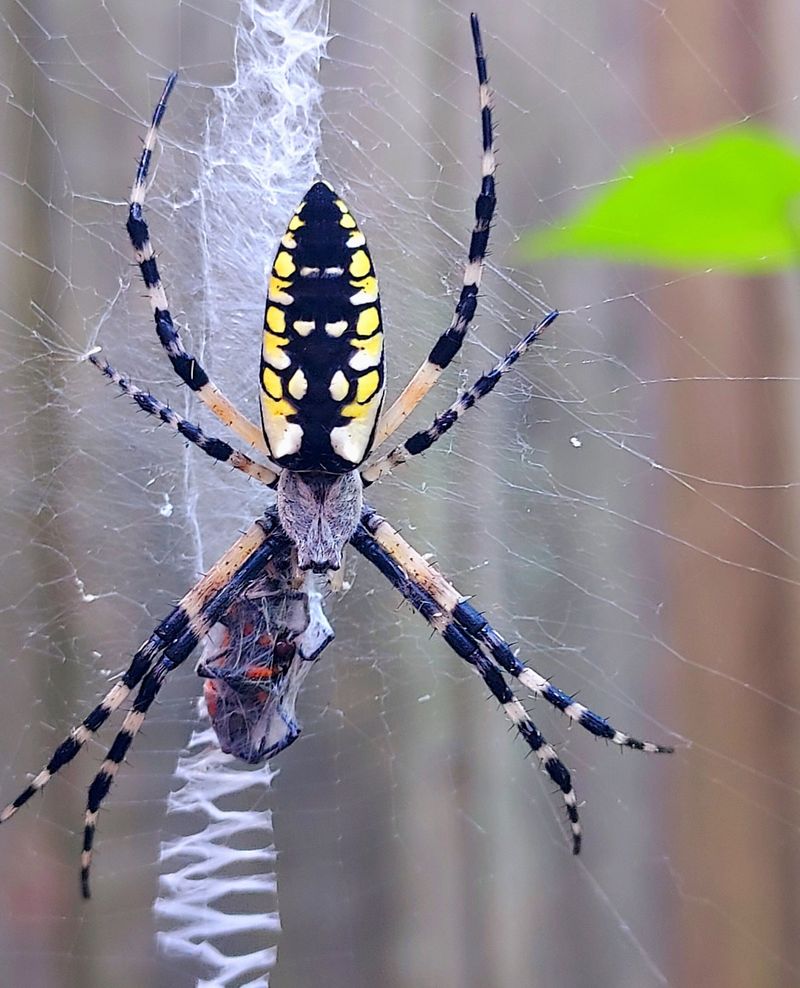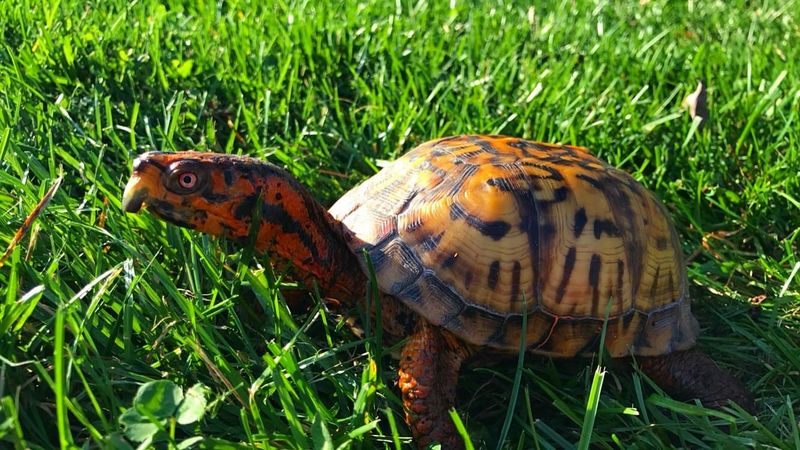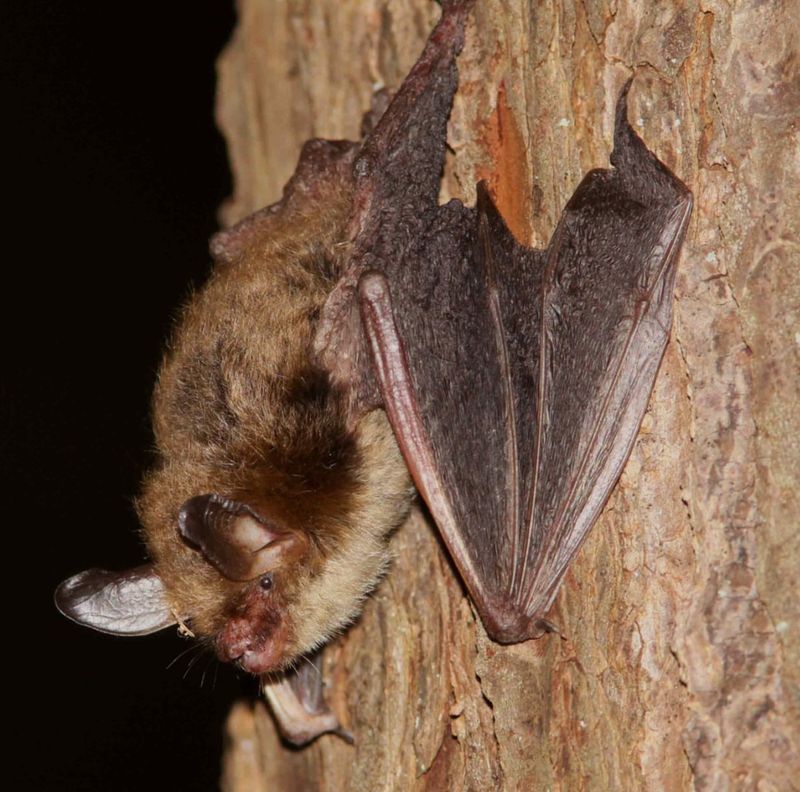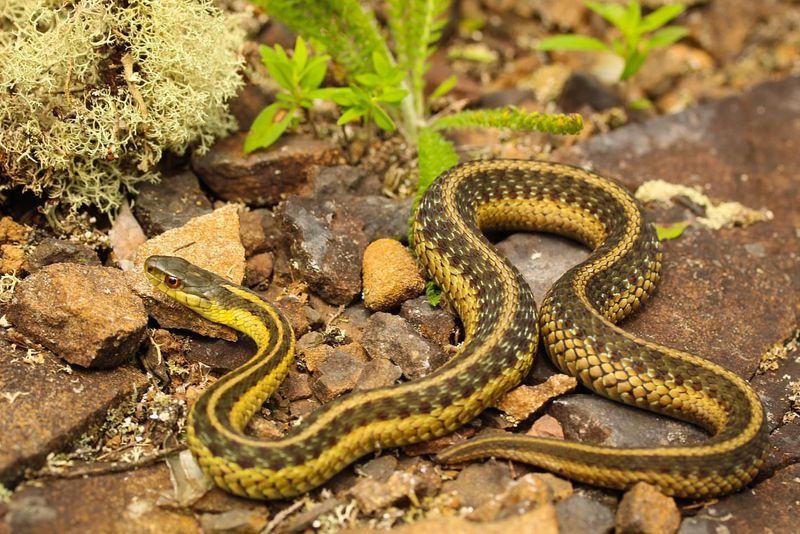Some backyard visitors are just passing through, but others are signs you’re doing something right. I’ve spotted plenty of critters over the years—some expected, some a total surprise—and learned which ones actually mean your yard is healthy and balanced.
This list breaks down 10 animals you probably see all the time, plus 10 more that signal your outdoor space is thriving. A few might even be helping your garden more than you realize.
Keep an eye out—you might be hosting some special guests!
1. American Robin
These red-breasted birds hop across lawns hunting for worms and insects. You’ll spot them tugging earthworms from the soil after rainstorms, their heads tilted as they listen for movement underground.
Robins build mud-lined nests in trees or shrubs and raise multiple broods each year. Their cheerful morning songs are often the first you’ll hear at dawn, making them beloved harbingers of spring in many neighborhoods.
2. Eastern Gray Squirrel
Masters of acrobatics, these bushy-tailed creatures leap between branches and scamper across power lines with impressive agility. They’re constantly burying nuts and seeds, creating natural tree nurseries when they forget their hiding spots.
Gray squirrels build leafy nests called dreys high in tree branches. Their chattering alarm calls alert other wildlife to potential dangers, serving as the neighborhood watch of your backyard ecosystem.
3. House Sparrow
Small but mighty, these brown-streaked birds gather in noisy flocks around feeders and bushes. They’re highly adaptable creatures that have successfully colonized nearly every human habitat on the planet.
House sparrows nest in any available cavity—from birdhouses to building crevices. Despite their common status, their populations have declined in recent decades, making your yard an important refuge for these once-abundant birds.
4. Common Raccoon
Night raiders with distinctive black masks, raccoons visit yards after dark searching for food. Their remarkably dexterous front paws can manipulate complex objects, including trash can lids and door handles.
These intelligent mammals adapt quickly to urban environments. While they sometimes create mischief by tipping over garbage cans, raccoons help control populations of insects, small rodents, and overripe fruits that might otherwise attract pests.
5. European Starling
Glossy black birds with speckled patterns that shimmer with iridescent purples and greens in sunlight. Starlings gather in massive, swirling flocks that create mesmerizing aerial displays called murmurations.
Originally introduced from Europe, these vocal mimics can imitate other birds, car alarms, and even human speech. While sometimes considered nuisance birds, starlings help control lawn grubs and other insect pests in suburban yards.
6. Eastern Cottontail Rabbit
With their twitching noses and signature cotton-puff tails, these gentle herbivores visit yards at dawn and dusk. They create shallow depressions in grass called “forms” where they rest during the day, perfectly camouflaged against predators.
Female cottontails line their nests with fur plucked from their own bellies. While gardeners sometimes grumble about nibbled plants, these rabbits help disperse seeds and their droppings provide natural fertilizer for your lawn.
7. House Mouse
Tiny but prolific, these gray-brown rodents seek shelter in garages and garden sheds. They’re primarily nocturnal, so you might only notice their presence through droppings or chewed materials.
A single house mouse can produce up to 56 offspring per year! While not the most welcome yard visitors, they’re an important food source for predators like owls, hawks, and snakes that help maintain ecological balance in your neighborhood.
8. Northern Cardinal
The males’ brilliant crimson plumage adds a splash of color to winter landscapes. Cardinals don’t migrate, remaining faithful to their territories year-round, which means you’ll see them in every season.
Both males and females sing beautiful whistling songs. They form strong pair bonds, often feeding each other seeds during courtship. Cardinals frequently visit bird feeders, especially those stocked with black oil sunflower seeds.
9. Common House Fly
Though pesky during outdoor meals, these ubiquitous insects play a crucial role in breaking down organic matter. Their compound eyes can process visual information seven times faster than human eyes—which is why they’re so hard to swat!
House flies live just 15-30 days but can reproduce at astonishing rates. While nobody welcomes them at picnics, they serve as important decomposers and food sources for spiders, birds, and other beneficial predators in your yard.
10. American Toad
Warty garden guardians, toads emerge at night to feast on slugs, beetles, and other pests. A single toad can consume up to 10,000 insects in one summer, making them valuable allies for gardeners.
Unlike frogs, toads have dry, bumpy skin and prefer to walk rather than hop long distances. They return to the same garden spots year after year, sometimes living up to 30 years in the wild if they find safe, pesticide-free habitat.
11. Monarch Butterfly
These orange and black miracles of nature visit gardens during their epic multi-generational migration. Each delicate wing contains thousands of tiny scales arranged like shingles on a roof, creating their distinctive pattern.
Monarch caterpillars feed exclusively on milkweed plants, storing the plant’s toxins to make themselves unpalatable to predators. Seeing monarchs regularly means your yard provides essential habitat for one of North America’s most beloved—and threatened—insect species.
12. Praying Mantis
Nature’s perfect ambush predators, these fascinating insects blend into foliage while waiting for prey. Their triangular heads can rotate 180 degrees, giving them an almost supernatural awareness of their surroundings.
Female mantises sometimes eat their mates after breeding—a behavior that ensures nutrition for egg development. Finding these beneficial hunters in your garden indicates a healthy ecosystem with minimal pesticide use and plenty of insect diversity.
13. Earthworms
These underground engineers transform your soil with every movement. Earthworms create tunnels that allow water and air to penetrate deeply, preventing compaction and improving drainage throughout your yard.
A single acre can contain over a million worms, collectively processing tons of organic material annually. Their castings (worm poop) are five times richer in nitrogen than regular soil, creating natural fertilizer that boosts plant growth without chemicals.
14. Honeybees
These buzzing pollinators visit thousands of flowers daily, transferring pollen that enables plant reproduction. A strong honeybee presence means your garden produces more fruits, vegetables, and seeds than it would without their help.
Honeybees communicate through elaborate dances that tell hivemates where to find nectar sources. Their appearance in your yard indicates abundant flowering plants and an environment free from harmful pesticides—both hallmarks of a thriving ecosystem.
15. Ladybugs
Those adorable spotted beetles are actually voracious predators! A single ladybug can devour over 5,000 aphids in its lifetime, providing natural pest control for your plants.
Their bright colors warn predators of their bitter taste. When threatened, ladybugs release a yellowish fluid from their leg joints—a defense mechanism that protects them from birds. Their presence signals a balanced garden ecosystem with healthy predator-prey relationships.
16. Hummingbirds
These jewel-like birds beat their wings up to 80 times per second, creating their signature hum. They’re the only birds that can truly hover and even fly backward, making them aerial acrobats unlike any other yard visitor.
Hummingbirds have extraordinary memories, remembering every flower they’ve visited in your garden. Their appearance indicates abundant nectar sources and insect populations, as they also eat small spiders and insects for protein.
17. Garden Spiders
Artists of the insect world, garden spiders weave intricate webs that catch morning dew like strings of pearls. The distinctive zigzag pattern some species create in their webs, called stabilimenta, helps prevent birds from flying through them.
These beneficial arachnids control mosquitoes, flies, and other pesky insects. Finding orb-weaving spiders constructing their geometric masterpieces indicates your yard has enough insect diversity to support these important predators.
18. Box Turtles
These slow-moving reptiles with domed shells can live over 100 years in the wild. Box turtles return to the same areas year after year, sometimes traveling less than 250 yards from their birthplace throughout their entire lives.
Finding these gentle creatures in your yard means you’ve created a safe haven with diverse food sources and clean water. Their presence indicates minimal chemical use and healthy undergrowth—perfect conditions for many other species to thrive.
19. Bats
Twilight hunters, bats swoop through yards catching mosquitoes and other flying insects. A single little brown bat can devour up to 1,000 mosquito-sized insects in just one hour, providing natural pest control while you sleep.
Contrary to myths, bats are clean animals that groom themselves like cats. Their presence indicates your property supports night-flying insects and offers safe roosting spots—signs of a complete, functioning ecosystem that remains active 24 hours a day.
20. Garter Snakes
Slender and striped, these beneficial reptiles help control slugs, grubs, and rodents. Garter snakes are completely harmless to humans and pets, preferring to slip away when disturbed rather than confronting larger creatures.
Female garter snakes give birth to live young rather than laying eggs. Their appearance in your yard indicates healthy ground cover, minimal pesticide use, and abundant small prey—all markers of an ecosystem in balance.

